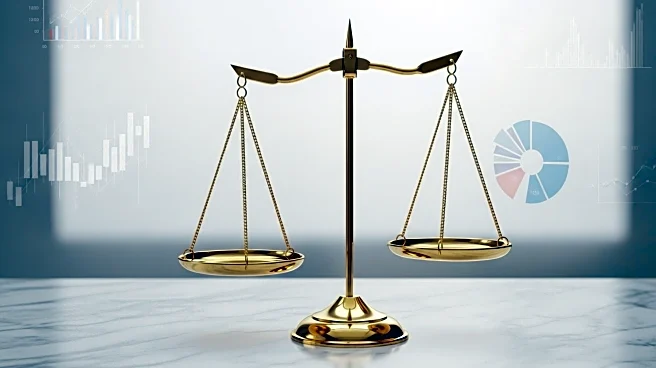What's Happening?
The Labor Department is set to release the latest personal consumption expenditures (PCE) price index on Friday, a critical measure of inflation closely monitored by the Federal Reserve. This data release comes at a time when investors and economists are keenly observing inflation trends, particularly in light of recent tariff implementations under President Trump. CNBC's Jim Cramer has expressed hope that the data will reveal tariff-related inflation as a temporary issue. The PCE index is a significant indicator as it reflects changes in the prices of goods and services consumed by households, providing insights into consumer spending behavior and inflationary pressures in the economy.
Why It's Important?
The upcoming PCE inflation data is crucial for several reasons. It will provide insights into the current inflationary environment, which has been a point of concern for policymakers and investors alike. Higher inflation can lead to increased interest rates, affecting borrowing costs for businesses and consumers. The data will also shed light on the impact of tariffs imposed by President Trump, which have been a contentious issue in economic policy discussions. Understanding whether these tariffs have caused a sustained increase in prices is vital for future policy decisions. The outcome of this data could influence Federal Reserve actions regarding interest rates and monetary policy, impacting financial markets and economic growth.
What's Next?
Following the release of the PCE data, market analysts and policymakers will likely scrutinize the results to assess the broader economic implications. If the data indicates persistent inflation, the Federal Reserve may consider adjusting its monetary policy stance, potentially leading to interest rate hikes. This could have ripple effects across various sectors, including housing, consumer goods, and financial markets. Additionally, businesses and consumers may need to adjust their spending and investment strategies in response to changing economic conditions. The data will also inform ongoing debates about the effectiveness and consequences of tariff policies, potentially influencing future trade negotiations and economic strategies.










